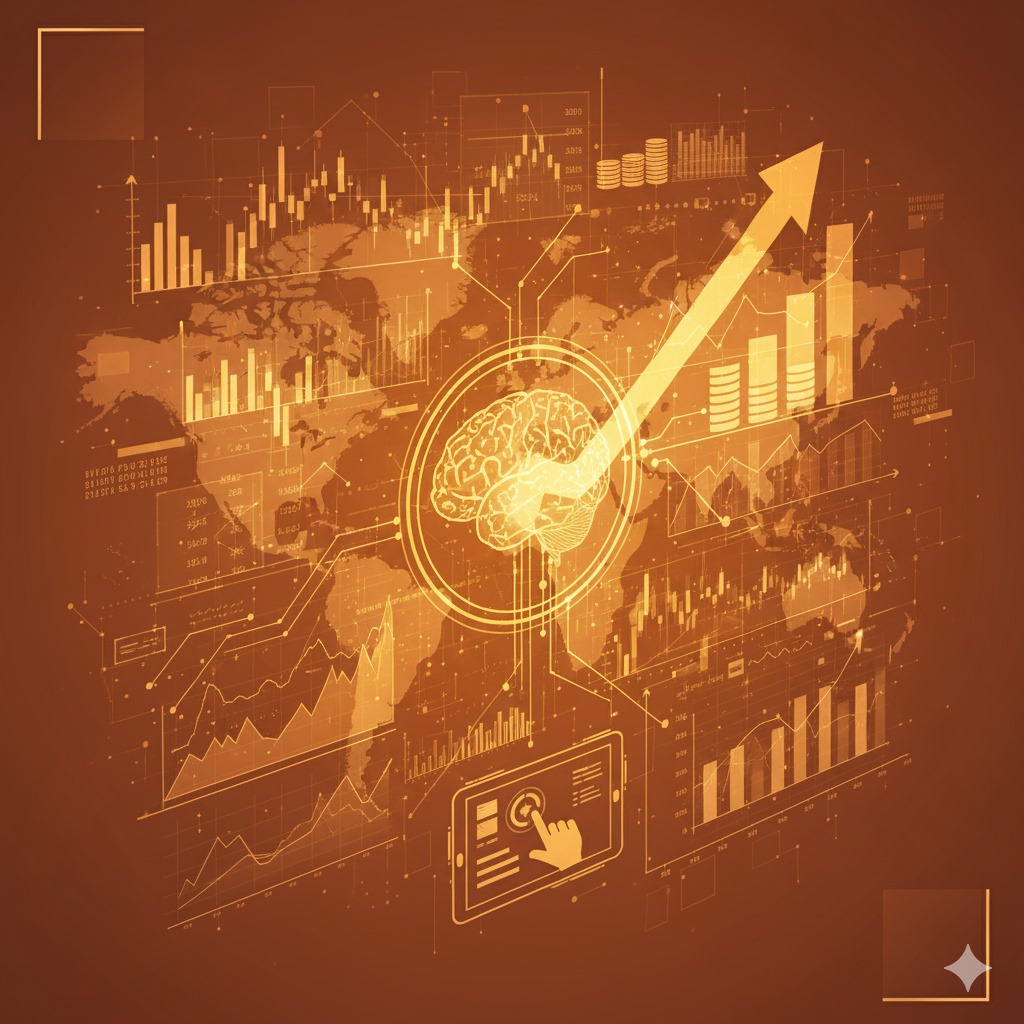
The financial world has always been driven by information. For decades, traders relied on newspapers, television reports, and quarterly financial statements to make decisions. But in today’s digital era, the game has changed completely. With the rise of digital content, information is no longer just data on a page — it’s dynamic, real-time, interactive, and instantly accessible.
For traders and investors, this shift is revolutionary. Digital content is not just informing strategies; it’s transforming them. Let’s explore the top five ways digital content is reshaping the way modern trading strategies are built, tested, and executed.
1. Real-Time Market Insights
In trading, timing can be the difference between profit and loss. Traditional sources like newspapers or delayed reports left traders reacting to yesterday’s news. Digital content, however, delivers real-time updates directly to smartphones, trading platforms, and streaming dashboards.
From live price feeds to instant alerts on global events, traders now have a continuous stream of actionable information. Whether it’s a sudden shift in oil prices, a government policy announcement, or breaking news from major corporations, digital content ensures traders are never left in the dark.
This immediacy enables faster responses, sharper decision-making, and strategies that adapt on the fly — essential qualities in today’s volatile markets.
2. Democratization of Information
Once upon a time, advanced financial insights were reserved for Wall Street firms with expensive terminals and private research teams. Smaller traders had little chance of competing. Digital content has flipped this narrative.
Through subscription platforms, financial blogs, YouTube channels, and interactive courses, any trader can now access professional-level insights at a fraction of the cost. Data that was once locked behind corporate walls is now widely available, leveling the playing field.
This democratization empowers retail traders to compete with institutional players. With access to tutorials, live webinars, and expert analysis, even beginners can build informed strategies and avoid common pitfalls.
3. Personalized Learning and Strategy Building
Digital content is no longer one-size-fits-all. Platforms now use algorithms and AI to curate content based on user behavior, trading history, and preferences. Traders can create personalized dashboards, receive alerts tailored to their portfolios, and consume training content that fits their unique style.
For example, a forex trader can subscribe to live currency analysis feeds, while a crypto investor might follow blockchain podcasts and digital asset newsletters. This customization ensures traders aren’t overwhelmed by irrelevant information but instead receive the precise insights they need.
By combining personalized learning with backtesting tools and demo accounts, traders can experiment with strategies, refine them, and put them into practice with greater confidence.
4. Interactive Communities and Collaboration
Another powerful transformation comes from the social side of digital content. Online trading communities, forums, and live-streaming platforms have become hubs for sharing strategies, discussing trends, and collaborating in real time.
Traders no longer operate in isolation. They can join live Q&A sessions with experts, watch trading rooms on Twitch or YouTube, and even collaborate on strategy-building through Discord or Telegram groups. This access to collective intelligence helps traders validate their ideas, learn faster, and avoid common mistakes.
The social nature of digital content also enhances accountability. When traders share their strategies publicly, they’re more likely to approach decisions with discipline and clarity.
5. Data-Driven Storytelling and Visualization
Raw data can be overwhelming, especially when it comes in the form of spreadsheets or endless ticker updates. Digital content has transformed how financial information is presented, making it more accessible and engaging.
Today’s platforms use visual dashboards, infographics, video breakdowns, and interactive charts to turn complex data into stories. Instead of just looking at numbers, traders can watch a video explaining market sentiment or interact with charts that show historical trends and potential forecasts.
This transformation from static data to dynamic content allows traders to grasp insights faster and apply them more effectively. A visualized trendline or heat map can often reveal opportunities that a table of numbers might hide.
Bonus: The Role of Premium Digital Content
While free content plays a valuable role, premium digital content is often where the biggest transformations occur. Subscription-based platforms deliver high-quality research, exclusive insights, and professional analysis designed specifically for actionable strategies.
Premium content providers also focus on accuracy, trust, and depth, reducing the noise that often comes with free online information. For traders, this means fewer distractions and more confidence in decision-making.
Final Thoughts
Digital content has completely redefined the trading landscape. From real-time insights and democratized access to personalized strategies, social collaboration, and data-driven storytelling, it is empowering traders to think faster, act smarter, and compete on a global scale.
The message is clear: in today’s fast-paced financial markets, knowledge isn’t just power — digital knowledge is strategy.
For businesses and individual investors alike, embracing digital content is no longer optional. It’s the foundation of trading in the modern era, and those who leverage it effectively will be the ones to thrive in an increasingly competitive world.

